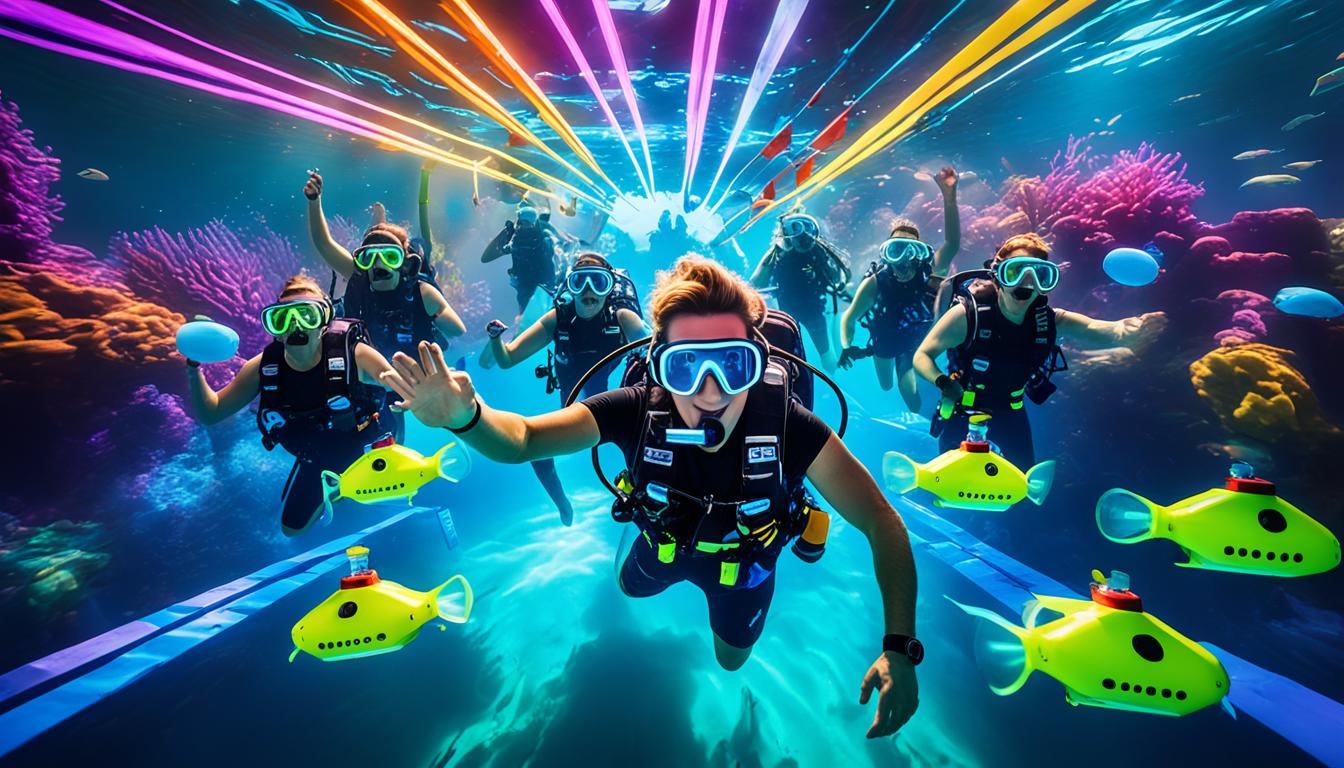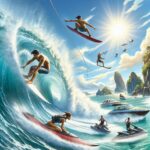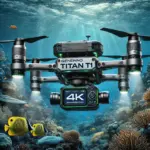Navigating the open waters is a thrilling adventure that every boating enthusiast cherishes. Whether you’re a seasoned sailor or a newbie to the world of boating, understanding the intricacies of boating navigation is paramount for a safe and enjoyable experience. In this guide, we will embark on a detailed journey through the fundamentals of boating navigation, all presented in an easy-to-follow, first-person narrative. So, grab your life jacket, let’s set sail, and explore the art of boating navigation.
Setting Sail: Preparing for the Journey
Before we cast off, proper preparation is key to a successful boating trip. Here are some essential steps to consider:
Check the Weather
One of the first things to do is to check the weather forecast thoroughly. Understanding weather conditions is not merely about knowing if it will be sunny or rainy; it’s about comprehending wind speed, direction, and any potential storms. This knowledge allows you to plan your trip effectively and avoid unexpected weather-related challenges.
Inspect Your Vessel
A thorough inspection of your boat is crucial for ensuring both your safety and the proper functioning of your vessel. Beyond the standard safety equipment like life jackets, flares, fire extinguishers, and a first-aid kit, you should inspect the engine, hull, and all on-board systems. Any issues should be addressed before setting sail to prevent breakdowns at sea.
Plot Your Course
Planning your route is a meticulous process that involves using navigational charts and tools to plot your course accurately. Take into account not only the desired destination but also potential obstacles such as rocks, buoys, and shallow waters. Knowing your route in advance enhances safety and prevents you from getting lost.
Navigational Aids: Your Guiding Stars
When out on the water, several navigational aids can assist you in staying on the right course. Let’s explore these aids in greater detail:
Compass Navigation
A compass is a fundamental tool for boating navigation. It helps you maintain your heading and provides a reliable reference point, even when there are no visible landmarks. Knowing how to read a compass and make course adjustments is essential for safe navigation.
GPS Navigation
Modern technology has brought us GPS navigation systems, which have revolutionized boating. GPS not only pinpoints your location with remarkable accuracy but also allows you to set waypoints and track your route. Familiarize yourself with your GPS unit to maximize its benefits.
Chartplotters
Chartplotters take GPS navigation a step further by combining GPS technology with electronic charts. These devices provide real-time information about your surroundings, including depth, nearby hazards, and waypoints. Learning how to use chartplotters effectively can greatly enhance your navigation skills.
The Art of Wayfinding
Navigating isn’t just about following instruments; it’s also about using your instincts and observational skills:
Observing Landmarks
While modern technology is invaluable, there’s something timeless about using natural and man-made landmarks to orient yourself. Keep an eye out for distinctive landmarks such as lighthouses, tall buildings, or unique natural features. These can be invaluable when navigating without electronic aids.
Reading Buoy Markings
Buoys are an essential part of maritime navigation. They are color-coded and marked with numbers or letters, each carrying specific meanings. Understanding buoy markings is crucial for safe passage through channels and avoiding hazards.
Understanding Tides and Currents
Tides and currents are dynamic forces that can significantly affect your journey. Learn how to work with them to your advantage, conserving fuel and traveling more efficiently. Understanding tidal charts and current patterns is a skill that pays dividends.
Navigating Challenges
Boating navigation isn’t always smooth sailing. Here are some challenges you may encounter and how to navigate them:
Foggy Conditions
Navigating in foggy conditions demands heightened caution. Learn how to use sound signals and radar effectively to navigate safely when visibility is severely limited. Understanding the rules of the road in foggy conditions is essential.
Nighttime Navigation
Night boating requires extra vigilance. Understanding lighting and navigation rules for nighttime operations is vital to ensure your safety and the safety of others on the water. Proper lighting on your vessel is also crucial to signal your presence.
Maneuvering in Tight Spaces
Docking and navigating through narrow channels can be challenging. Mastering boat handling skills, including propeller control and using spring lines, is essential to avoid collisions and damage to your vessel.
Conclusion
In this detailed first-person guide to boating navigation, we’ve covered the fundamentals of preparing for your journey, using navigational aids, practicing wayfinding skills, and overcoming common challenges. Whether you’re cruising along calm waters or embarking on a daring adventure, comprehensive knowledge of boating navigation will ensure you reach your destination safely and with confidence.
Frequently Asked Questions (FAQs)
1. Is boating navigation difficult to learn?
Boating navigation can be challenging initially, but with practice and the right knowledge, it becomes easier and more intuitive. Consider taking a navigation course to accelerate your learning.
2. What’s the importance of knowing tides and currents?
Understanding tides and currents is crucial for efficient fuel use, planning your route, and avoiding obstacles in the water. It’s a fundamental aspect of safe navigation.
3. Can I navigate at night without any prior experience?
Navigating at night without prior experience is not recommended. Familiarize yourself with nighttime boating procedures and safety measures, and always have proper lighting on your vessel.
4. Are GPS systems reliable for boating navigation?
GPS systems are highly reliable for boating navigation, but it’s essential to have backup navigation tools, such as a compass and paper charts, and know how to use them in case of technical failures.
5. Where can I learn more about boating navigation?
You can find additional resources and courses at your local boating school, through online platforms, or by connecting with experienced boaters who can share their knowledge and tips.






